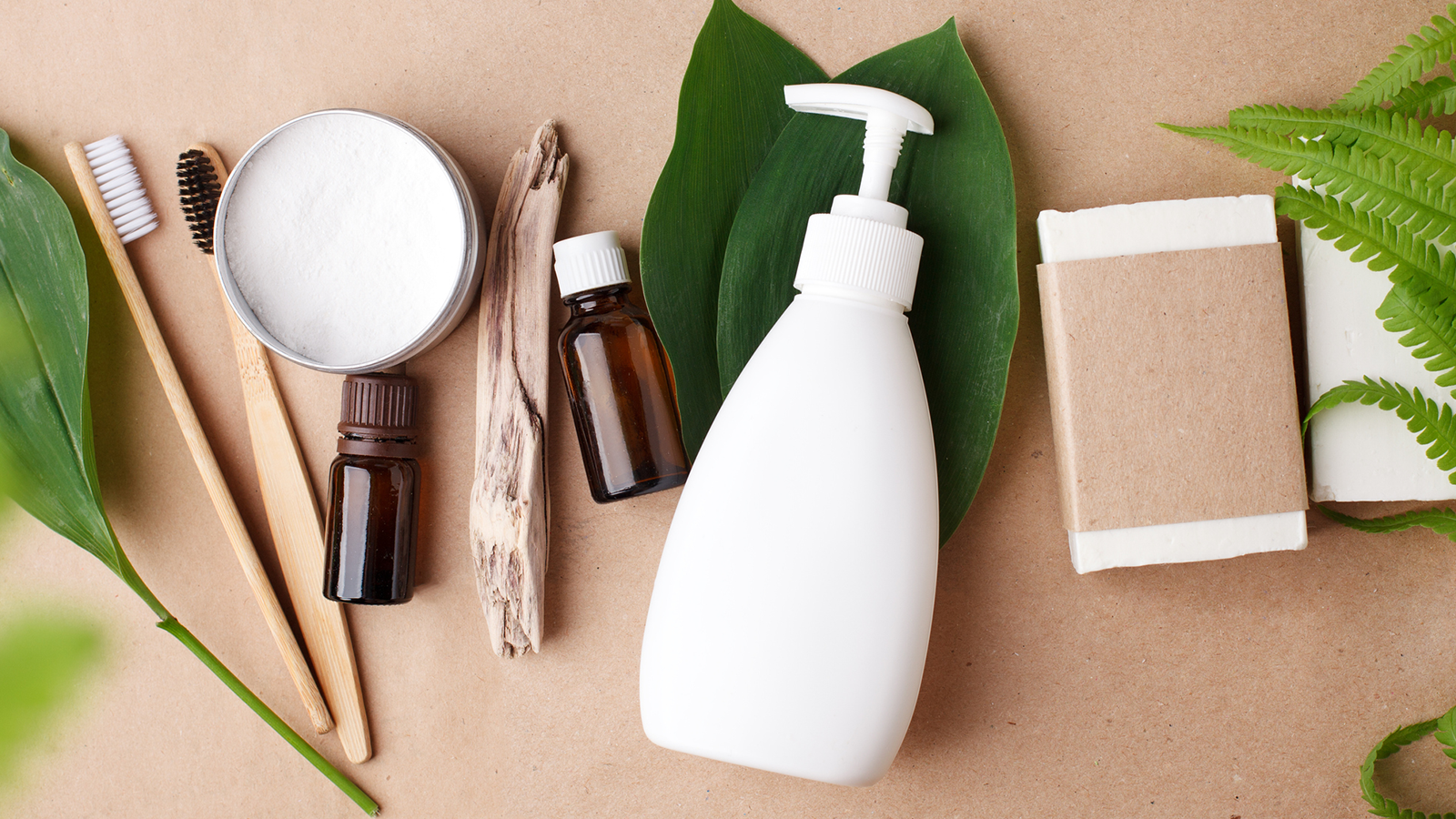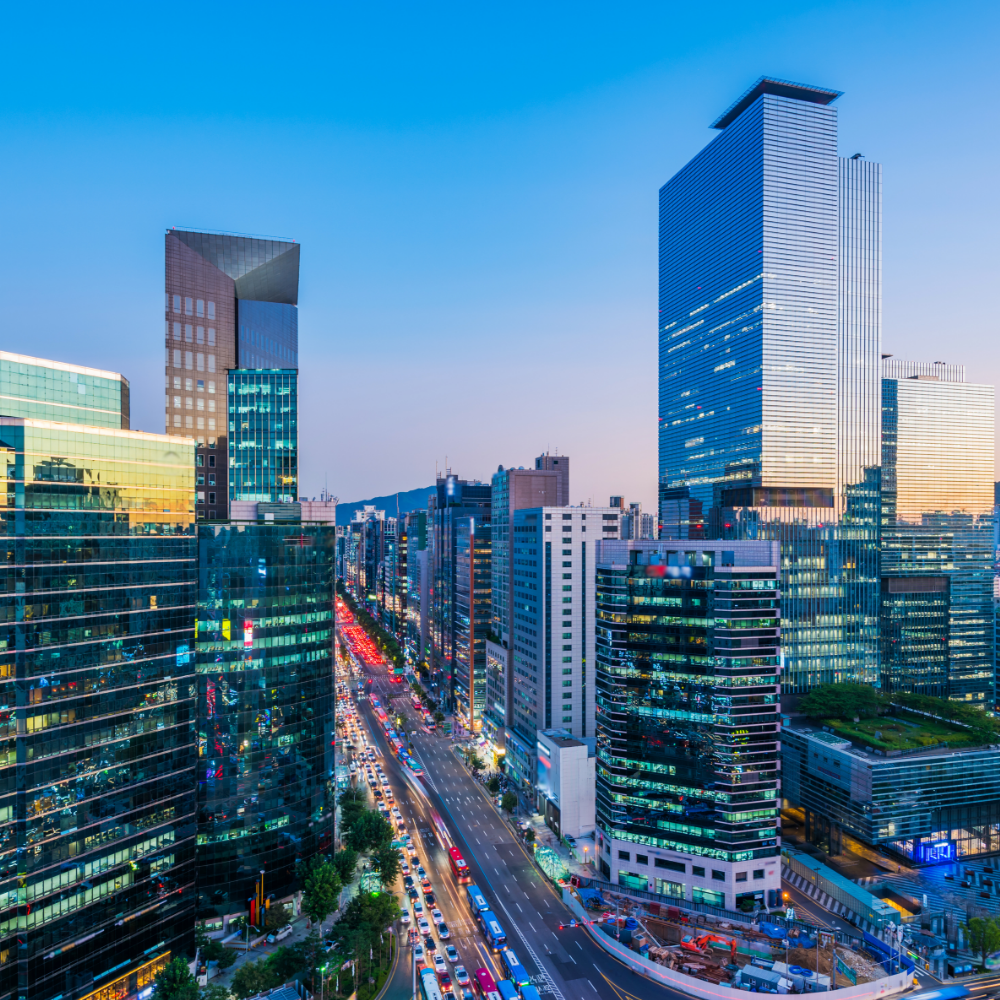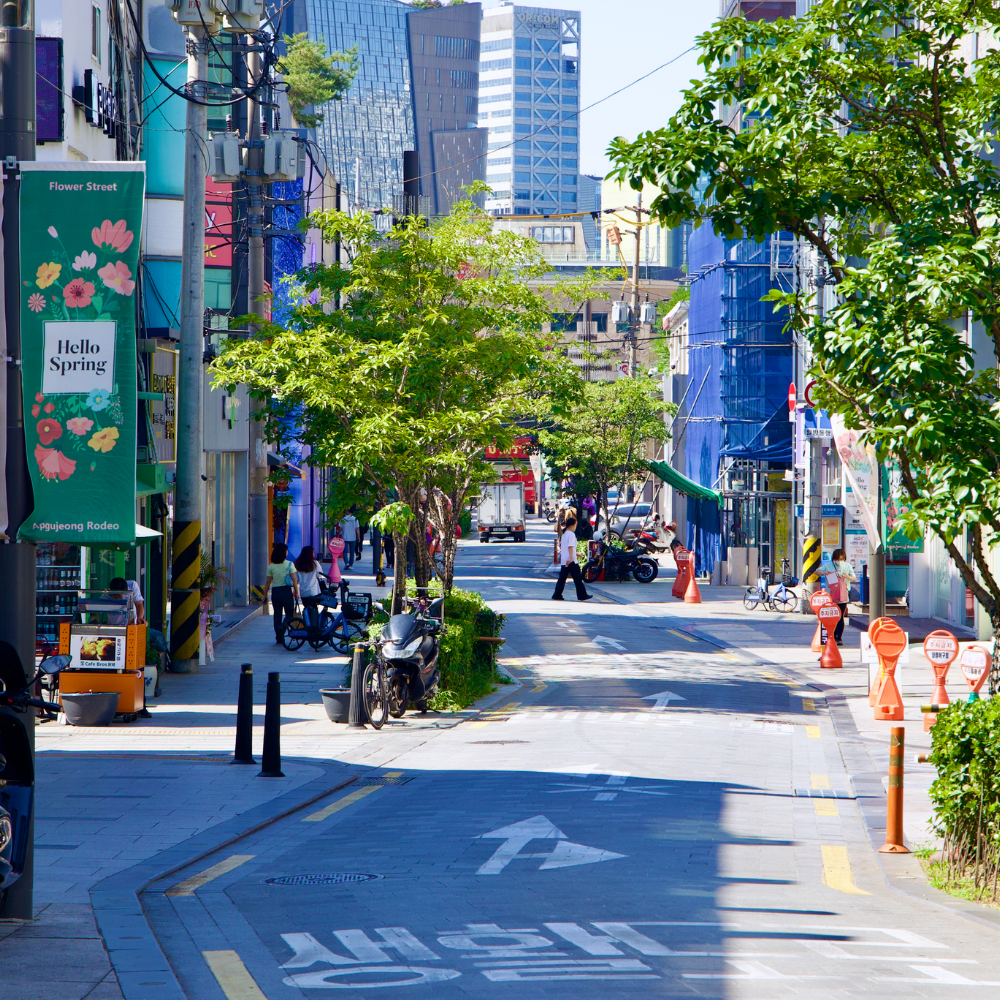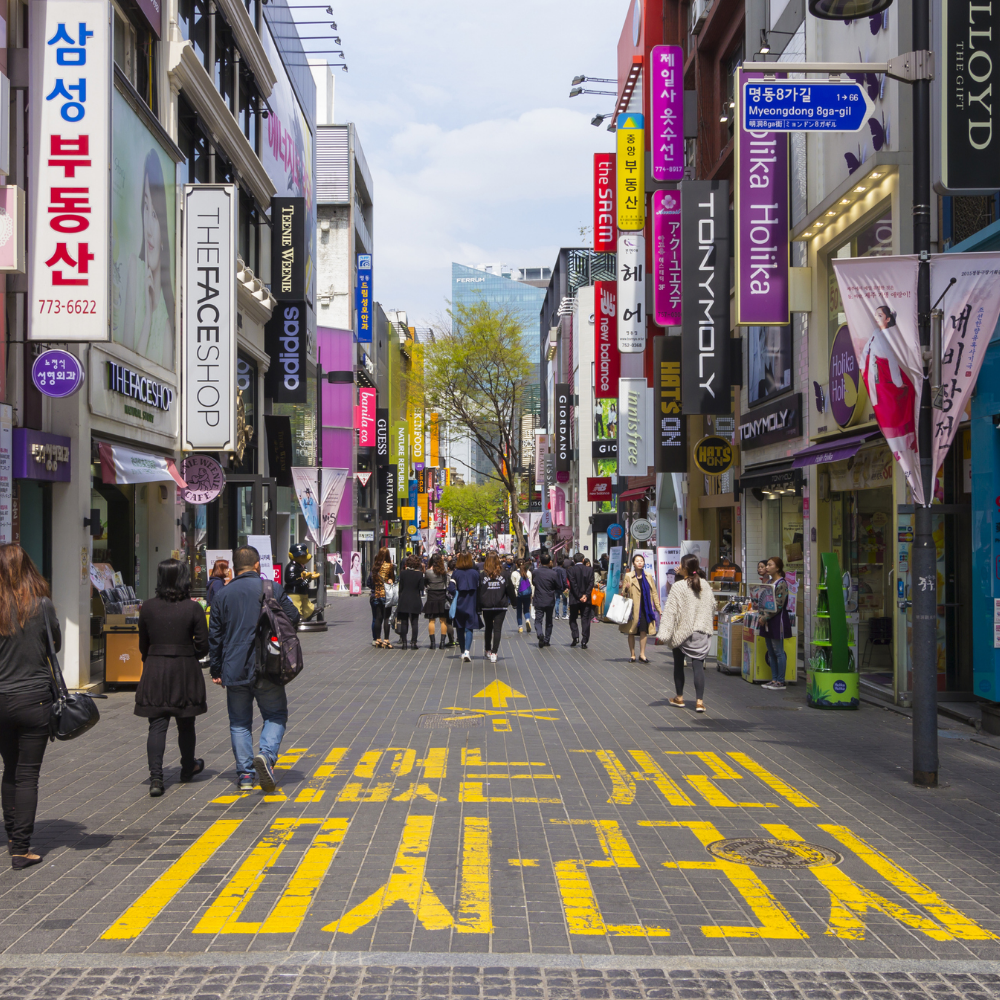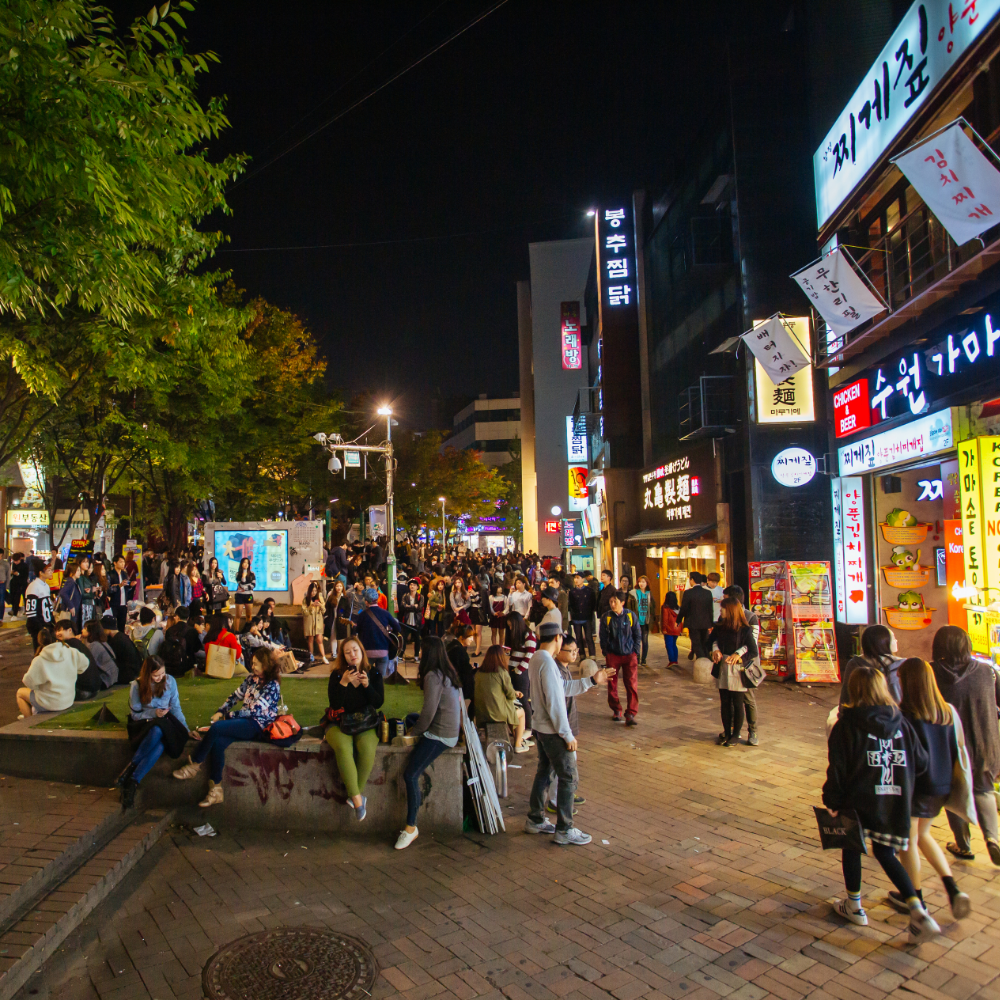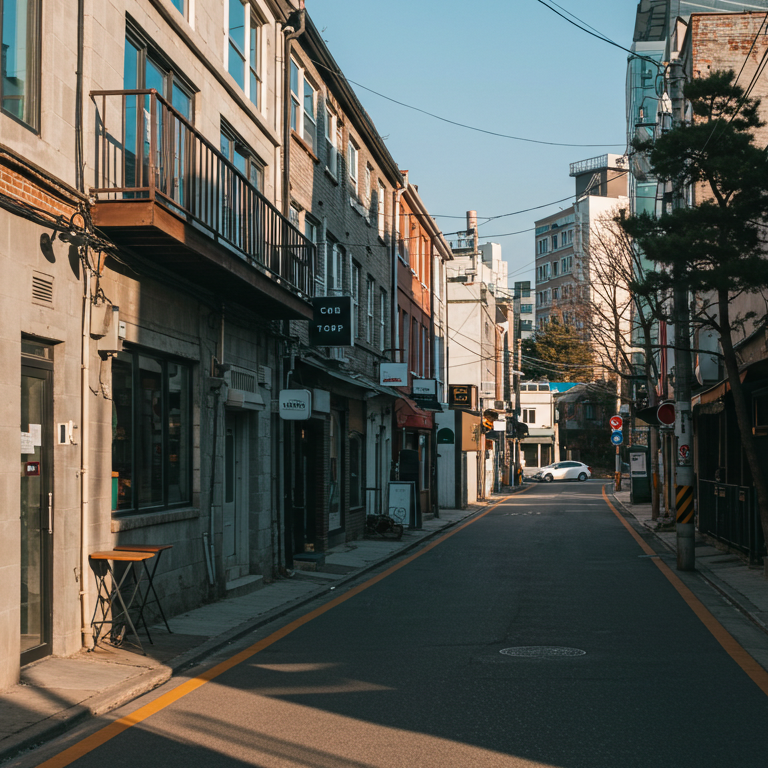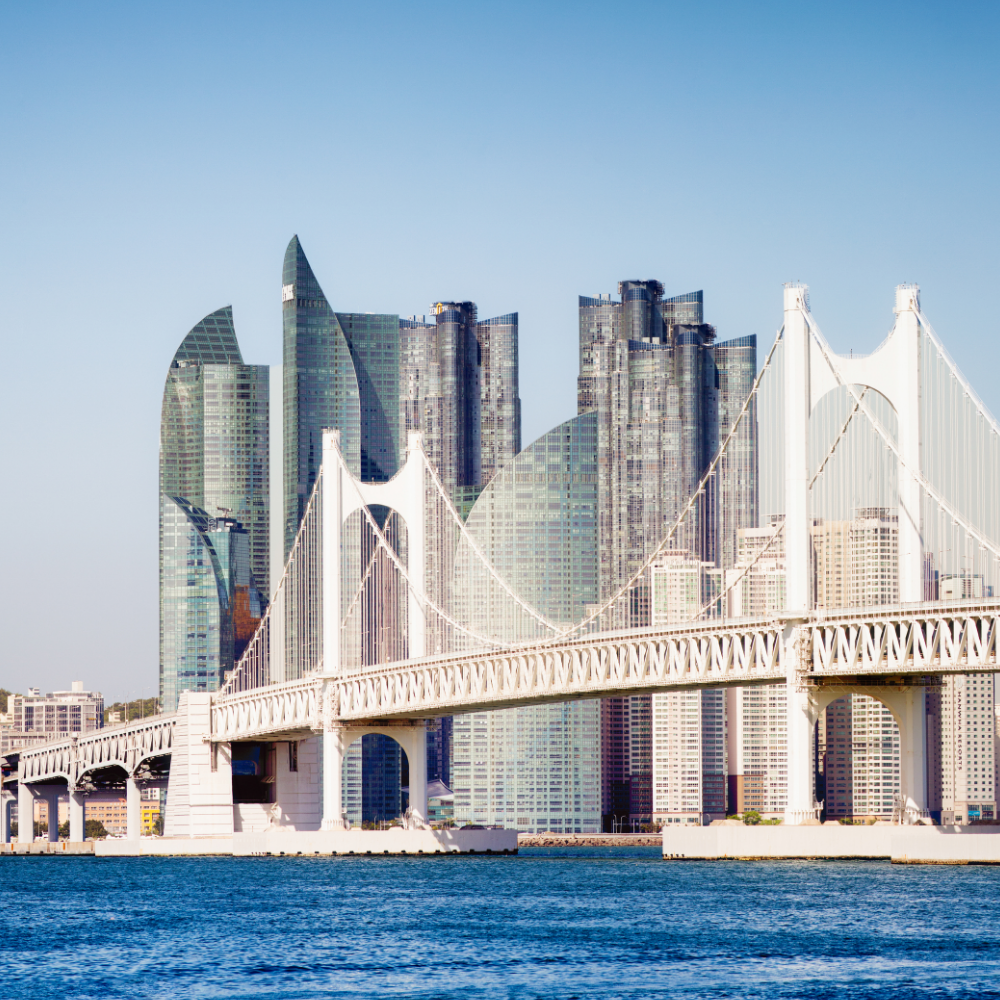The Future of K-Beauty Packaging: Sustainability Meets Innovation
Explore how Korean beauty brands are revolutionizing packaging in 2025 — from refillable skincare to biodegradable designs — blending aesthetics with sustainability.

Why Packaging Matters in K-Beauty Today
In the world of K-beauty, packaging has always played a vital role — not just in aesthetics, but in user experience. But in 2025, a new question is redefining packaging priorities: how sustainable is it? As consumers grow more environmentally conscious, Korean beauty brands are shifting from ornate, single-use plastic to recyclable, refillable, and biodegradable options.
The evolution isn’t just about materials. It’s about rethinking the entire product lifecycle — from production to disposal — without compromising on design.

Refillable Design: The New Norm?
Refillable packaging is no longer niche — it's becoming the standard. Innisfree, a pioneer in eco-conscious skincare, now offers refill stations in Seoul for its serums and moisturizers. Meanwhile, brands like Hince and Tamburins have embraced refillable lipstick tubes and hand creams that snap into permanent casings.
The benefits? Less plastic waste, cost savings for consumers, and brand loyalty rooted in shared values. For younger beauty consumers — especially Gen Z — refillable options are now a deciding factor in purchase behavior.

Brands Leading the Green Packaging Shift
Korea’s beauty industry is no stranger to innovation, and several brands are setting the standard for sustainability. AMOREPACIFIC has committed to using 100% recyclable plastic and FSC-certified paper packaging across its lines. Aromatica, known for its vegan and eco-conscious formulas, offers refill pouches and glass bottles made with upcycled materials.
Indie brands like Toun28 and Melixir go even further — offering compostable paper tubes, aluminum packaging, and return-and-reuse bottle systems. They’ve made sustainability not just a feature, but their brand identity.

Materials of the Future: From Glass to Biomass
The materials used in packaging are evolving rapidly. Glass is making a comeback for its recyclability and premium feel. But newer innovations are making waves — like bioplastics from sugarcane, corn-derived PLA, and algae-based films that decompose naturally.
Korea is also exploring smart packaging — with QR codes for recycling instructions, NFC chips for product traceability, and even refill reminders. Sustainability in 2025 isn’t just about being green — it’s about being smart, transparent, and connected.

Dr. Beau's Note
As a skincare expert, I’ve always emphasized ingredients. But packaging is where your values show. Korean beauty is proving that you can be mindful, modern, and minimalist — all at once. Look for brands that don’t just sell products, but practice responsibility.


